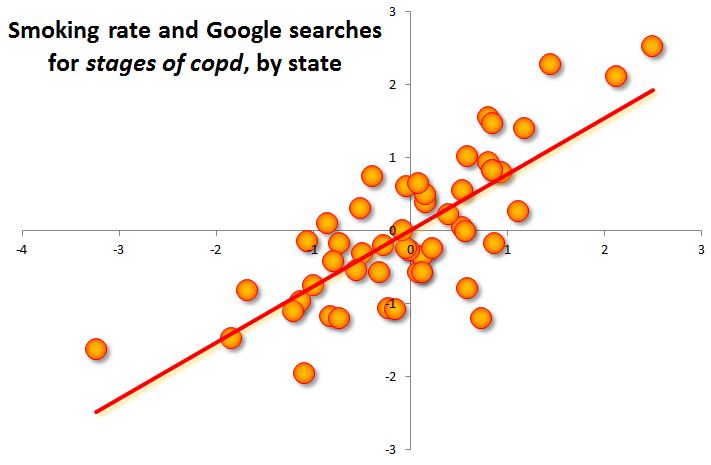 Sociologist Joel Best debunks the idea that “sex bracelets” — bracelets that indicate what type of sex you’re interested in and that oblige you to perform it — are really a thing. He and his colleague, Katherine Bogle, have been tracing the story over time on the internet and across continents in what he calls “the dynamics of rumor and legend.”
Sociologist Joel Best debunks the idea that “sex bracelets” — bracelets that indicate what type of sex you’re interested in and that oblige you to perform it — are really a thing. He and his colleague, Katherine Bogle, have been tracing the story over time on the internet and across continents in what he calls “the dynamics of rumor and legend.”
Lisa Wade, PhD is an Associate Professor at Tulane University. She is the author of American Hookup, a book about college sexual culture; a textbook about gender; and a forthcoming introductory text: Terrible Magnificent Sociology. You can follow her on Twitter and Instagram.












